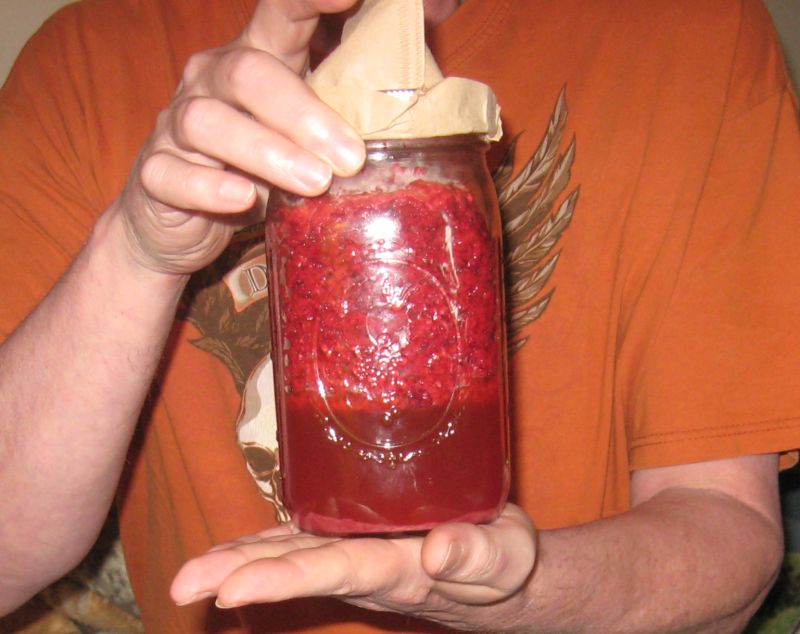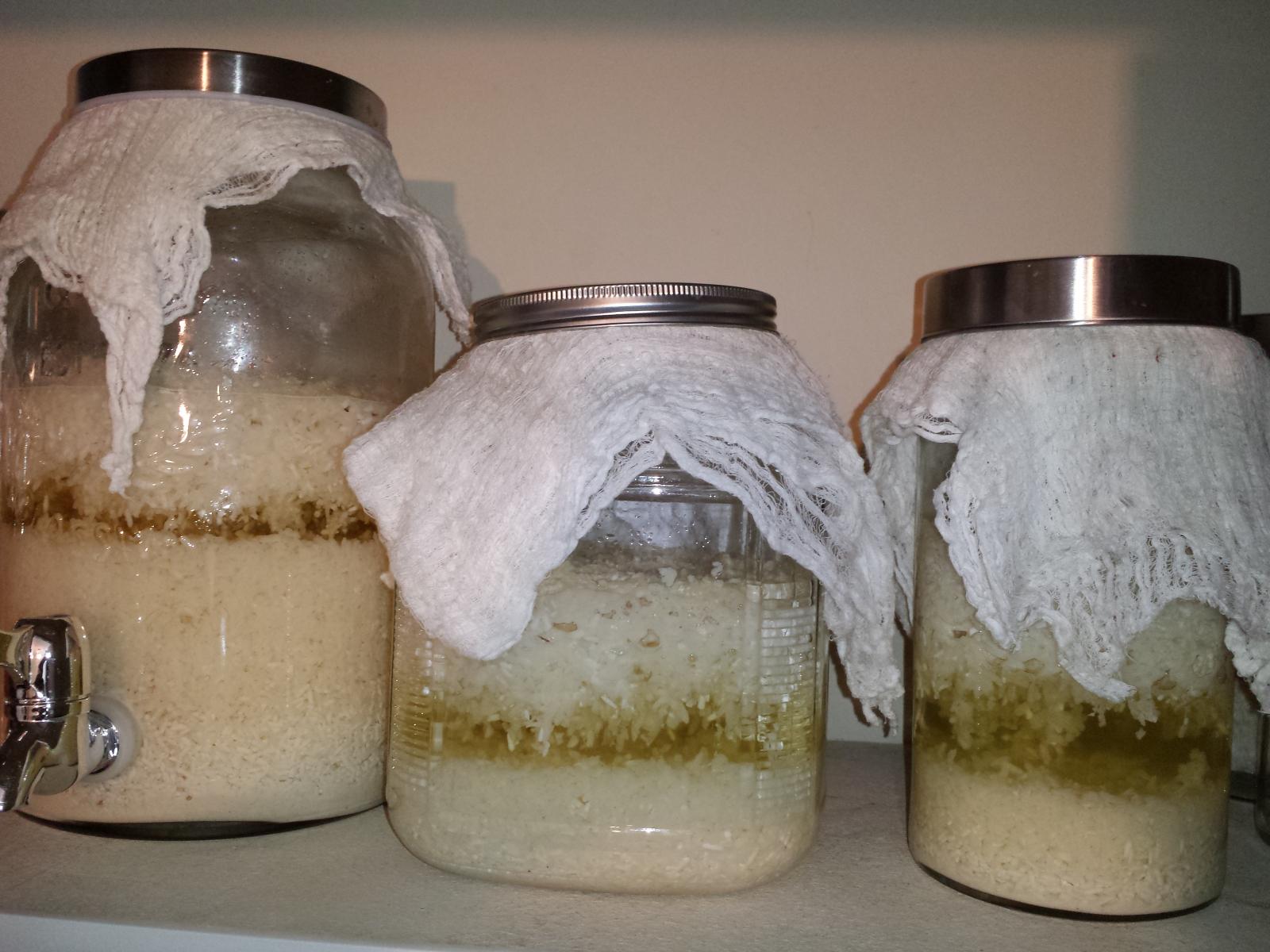smacksfrog
New Member
- Joined
- Apr 5, 2015
- Messages
- 4
- Reaction score
- 0
Well, I need to drive and go get more yeast balls- I've convinced myself mine are broken. My wine always turns out lower abv than everyone on here and I really don't like the flavor- tart, sour... just not pleasant. It's never been "fizzy" when i sample it like some report... etc.
To that point- I wanted to see what my ABV was with my most recent attempt, here at the 14 day mark. The rice liquefied very quickly and my airlock was going just fine for a while- so I wanted to see what abv I was at early (since the taste gets worse and worse IMO the longer it's fermenting) and also since I know from experience the ABV of my wine turns out around 10% after 3-4 weeks.
I give to you: measuring ABV without knowing starting gravity. I made it myself ;-)
Step 1- Measure the SG of a known volume of wine.. I did 1/2cup
Step 2- Heat the wine on your stove until almost boiling - you're going to boil off some water but also all of the alcohol- keep the heat under boiling so we don't lose anything other than water or etoh.
step 3- cool the etoh-less wine. make it back up to the original volume with water.
step 4- get the SG
using these 2 SG you can get your ABV. Here's an excel.
To use the excel, put in your SG readings. Make sure your solver add-in is active and use it to set the p1 objective to the p1 check value, then solve. If it solves correctly, your ABV should be there.
If excel solver isn't working, you can put "solve x*(y/(x-1)-.79*(y/(x-1)=z" into wolfram alpha. x is the second SG reading minus 1 and z is the first minus .789. Once alpha gives you that value, you can just type that in for p1 and your ABV should be correct.
Anyway, I'm off to go get new yeasty balls, but I thought I'd share my ABV method because it's cool. It's very sensitive to errors in SG reading so please be accurate ;-)
tl;dr- my wine always turns out bad and to prove it to myself i measure my ABV. I presented the method here as FYI
To that point- I wanted to see what my ABV was with my most recent attempt, here at the 14 day mark. The rice liquefied very quickly and my airlock was going just fine for a while- so I wanted to see what abv I was at early (since the taste gets worse and worse IMO the longer it's fermenting) and also since I know from experience the ABV of my wine turns out around 10% after 3-4 weeks.
I give to you: measuring ABV without knowing starting gravity. I made it myself ;-)
Step 1- Measure the SG of a known volume of wine.. I did 1/2cup
Step 2- Heat the wine on your stove until almost boiling - you're going to boil off some water but also all of the alcohol- keep the heat under boiling so we don't lose anything other than water or etoh.
step 3- cool the etoh-less wine. make it back up to the original volume with water.
step 4- get the SG
using these 2 SG you can get your ABV. Here's an excel.
To use the excel, put in your SG readings. Make sure your solver add-in is active and use it to set the p1 objective to the p1 check value, then solve. If it solves correctly, your ABV should be there.
If excel solver isn't working, you can put "solve x*(y/(x-1)-.79*(y/(x-1)=z" into wolfram alpha. x is the second SG reading minus 1 and z is the first minus .789. Once alpha gives you that value, you can just type that in for p1 and your ABV should be correct.
Anyway, I'm off to go get new yeasty balls, but I thought I'd share my ABV method because it's cool. It's very sensitive to errors in SG reading so please be accurate ;-)
tl;dr- my wine always turns out bad and to prove it to myself i measure my ABV. I presented the method here as FYI





































![Craft A Brew - Safale BE-256 Yeast - Fermentis - Belgian Ale Dry Yeast - For Belgian & Strong Ales - Ingredients for Home Brewing - Beer Making Supplies - [3 Pack]](https://m.media-amazon.com/images/I/51bcKEwQmWL._SL500_.jpg)
























